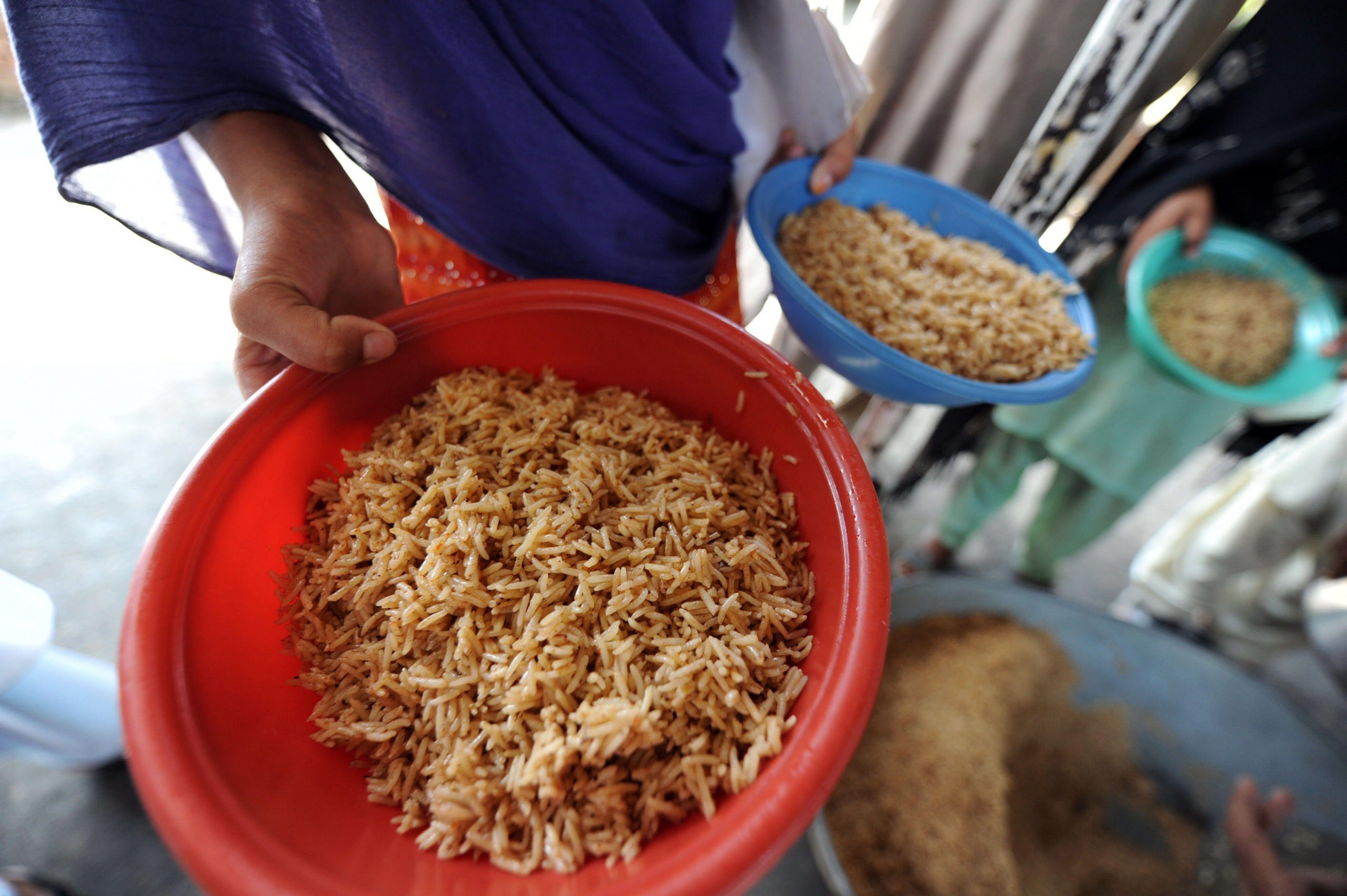
This has been a year when the Covid-19 pandemic caused many to be cut off from their families, work and social lives, and even, at times, their supply of food. The use of evidence-based planning for a sustainable food system is more relevant than ever. The 2020 theme of World Food Day, of growing, nourishing and sustaining together, is very timely. World Food Day comes around every October 16. This year, the Food and Agriculture Organization of the United Nations is encouraging everyone to consider the importance of the food system in our lives, and how we can make it stronger.
Pakistan’s food system must feed a population exceeding 200 million adults and children. It is a country well known for its agriculture, but also for its struggles with poverty, food insecurity and malnutrition. Despite the fertility of the Indus valley and one of the largest contiguous irrigation systems in the world, several segments of society face challenges in gaining stable access to a healthy and balanced diet. For vulnerable communities, setbacks like the Covid-19 pandemic, the floods, or the arrival of the desert locusts, make it even harder.
One of the first things necessary for a strong and resilient food system is reliable data and information. Careful analysis of these can then lead to better monitoring, understanding and action.
Pakistan’s Ministry of National Food Security and Research intends to monitors the country’s situation through the Food Security and Nutrition Information System (FSNIS), established in 2019 with the technical support of FAO. The FSNIS comprises products that can help decision-makers, development partners and participants in the food system take action to ensure adequate food for all Pakistanis. It helps answer questions like, do we need to import more of certain food commodities, or do we need to grow more? And, is the population consuming a balanced diet?
In 2020, Pakistan was compelled to import wheat to ensure supply, which is not the usual situation. Inadequate opening stocks, difficulties in the timely movement of agricultural labour during lockdowns, low productivity, or missing targets by the government-led wheat procurement programme could all have been contributing to this. During the Covid-19 pandemic, the rapid evolution of policies and programmes by federal and provincial governments in Pakistan has made the FSNIS particularly valuable as a way to monitor the impacts of government initiatives on the food system and the ability of people to access food, and to identify disruptions in food supply chains.
A web-based dashboard, a fortnightly bulletin on food prices in over 17 markets across the country, and a bi-annual Pakistan Food Forecast Report are among the information products coming from the FSNIS to help monitor supply and demand and food market functionality, and to better understand the four dimensions of food security (availability, access, stability and utilisation) in the country. Current data points to important inequalities between urban and rural areas, and also among provinces, socio-economic groups and genders.
A deeper analysis of these matters is now available in the annual publication Pakistan Overview of Food Security and Nutrition (POFI). This is a collaboration between the MNFSR, FAO, World Food Programme, World Health Organization and UNICEF. Pakistan was the first to produce a country-level publication of this kind, in 2019, as part of the respected global and regional State of Food Security and Nutrition in the World (SOFI) series led by FAO. As such, it represents the benchmark for official estimates of progress on reaching Sustainable Development Goal 2: Zero Hunger. The sobering results at present are that Pakistan is one of the slowest countries in South Asia to improve on statistics relating to nutrition, with 40.2% of children under five stunted, 17.7% wasted and 28.9% underweight.
POFI also takes a valuable look at progress in addressing different drivers and determinants of food insecurity and malnutrition, rather than just overall results for SDG 2 indicators. An example is Pakistan’s progress with supplying clean water, adequate sanitation and hygiene to its people. POFI 2019 reported that only 35% of the population has access to safely managed water, free of bacterial contamination that causes repeated gastrointestinal upsets and consequent failure to absorb nutrients in food. With information like this, it is easier to understand why ending malnutrition is such a challenge, no matter how much food is available, or how diverse, fresh and balanced this food supply is.
At times, data can appear contradictory or confusing. This is where consideration of data collection methods, and the impact of the exact timing of surveys, is so important. Country-level results can also mask considerable variation by province and by district. When considering assistance to bolster the food system in disaster-affected areas of the country, we must realise that rapid needs assessments conducted at the time of disasters usually only assess obviously-affected places, thus producing high scores for indicators of food insecurity, which are not applicable to the whole province or country. Nevertheless, these assessments have their place and can guide short-term and urgent humanitarian actions where they are needed most.
FAO is working closely with governments around the world, including in Pakistan, on more effective multi-criteria data analysis including geographic information system methods, to pinpoint where investments in resolving rural poverty, food insecurity and malnutrition could be most effective. This Hand-in-Hand initiative, as it is known, can only multiply the benefits of an FSNIS. We can look forward to more targeted and evidence-based development initiatives that address the root causes of hunger in Pakistan. Together we can grow, nourish and sustain Pakistan into a future without hunger.
Published in The Express Tribune, October 27th, 2020.
Source: https://tribune.com.pk/story/2270003/towards-a-hunger-free-pakistan

